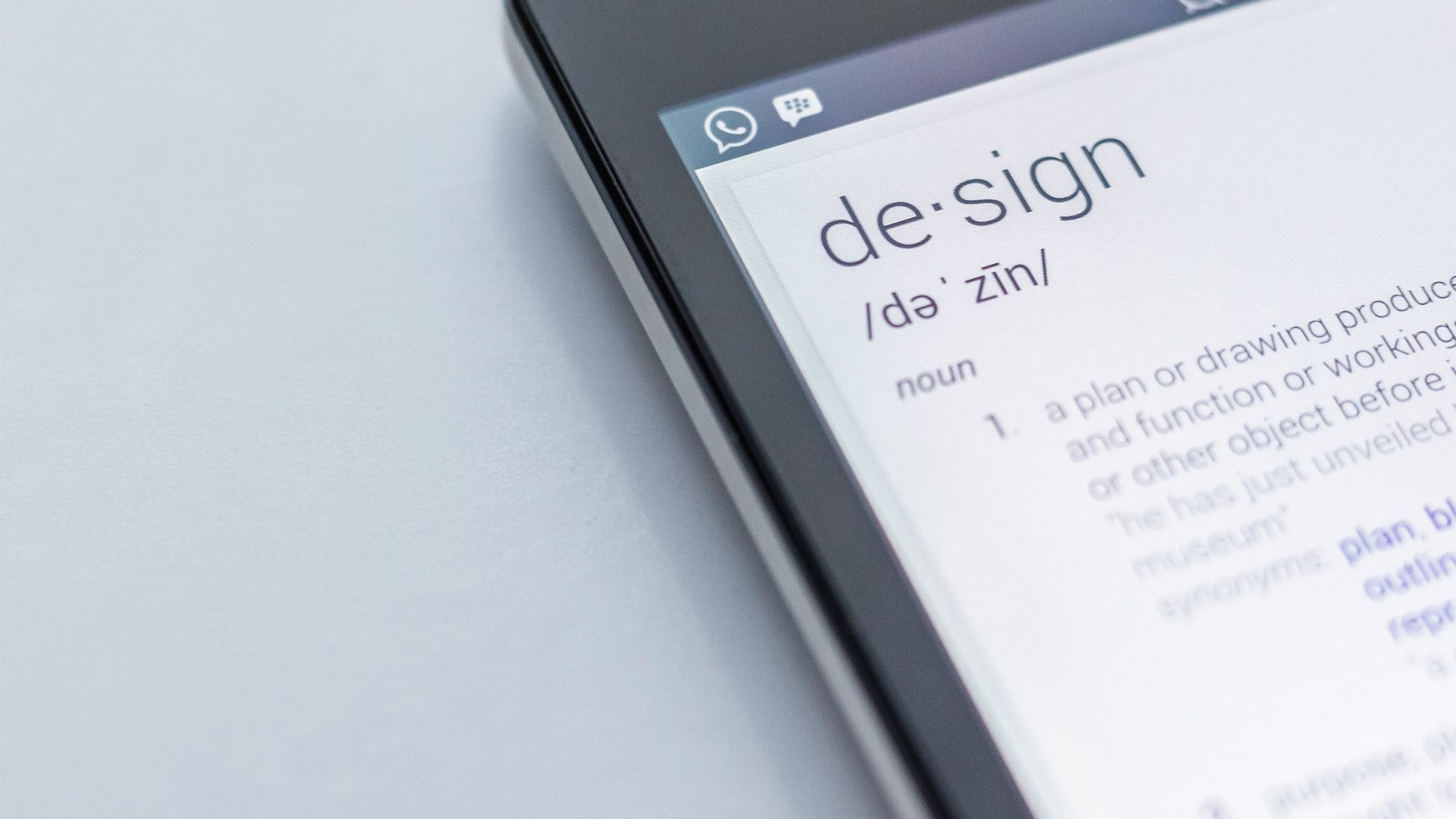

Design thinking is a philosophy, plus a set of tools that help you find creative solutions to complex problems. To differentiate from other problem-solving processes, design thinking specifically focuses on the human-centred side of creative problem-solving, putting consumer needs at its forefront.
Whether you are a designer, a product manager or you are just looking for a solution to solve a complicated issue – the design thinking process is helpful in coming up with the best approach.
This post will help you to:
So read on, and give yourself and your team the gift of creative solutions to complex problems with the design thinking process.
Why Use Design Thinking?
The ability to innovate can be the difference between success and failure, particularly in competitive markets. Design thinking can give firms a competitive edge because it:
This all forces the website to be truly customer-centric, rather than just saying it is.
The Design Thinking Process
There are 5 steps to the design thinking process. These steps are flexible and can vary widely depending on the specific problem you are trying to solve, but the process always remains the same.
Step 1 – Empathise
Empathy is crucial as this is a human-centred problem-solving process and as such you need to understand where someone is coming from.
To adopt empathy into your design thinking process you must adopt the mindset of a beginner and be open to new perspectives. You must understand, observe and engage with the people who you are designing for.
Typical activities for empathising include:
You can use an empathy map to further understand your customers.
Step 2 – Define
This stage is where you begin to consolidate all of the information and findings that you gathered throughout the empathising stage.
You should begin to define your consumer’s needs and the problems they have. These will then be simplified into the core problems.
You must ensure to define your problems in a human-focused way, not from the needs of your business. These will be your problem statements.
Based on the data capture, we are trying to define;
Step 3 – Ideate
Once you have successfully empathised with your target consumers and defined the key recurring themes and issues, you can begin to ideate the solutions.
Here, you are using the knowledge you have acquired to think critically and creatively to form solutions. You should be challenging assumptions and digging down to find alternative and innovative ways to solve the problems.
This stage should be messy, creative, and open-minded.
There are many ways to carry out the ideation stage but some of the typical activities for Ideation include:
Step 4 – Prototype
Here you break down the ideas into a select few which you think are worth bringing to life.
The key here is that you are producing simple, testable prototypes – you are not spending expensive time and development in creating these solutions.
These prototypes need to be the minimum viable product that you can test with real consumers.
In this stage, you must be open-minded and prepare to fail. Prototypes are likely to be thrown out, redesigned, and improved.
Step 5 – Test
It is time to test. You should reach out to the target consumers and find opportunities to test the minimum viable product naturally with them.
You are looking for consumers to help further the solution in ways that perhaps haven’t been looked at yet. Investigative and rigorous questioning alongside your testing will allow you to understand further problems at hand.
Due to the iterative process that is design thinking, you may discover results that bring forward more problems for you to solve. However, the testing will allow you to develop a much greater level of understanding of how your website works and where it doesn’t.
Design Thinking vs Design Sprints
It is important to understand that each step in the design thinking process can be clearly identified, however, the exact exercise within each step can vary widely depending on the problem you are trying to solve.
This is an important distinction between the design thinking process and other problem-solving processes such as design sprints.
Design sprints will prescribe the exact exercise you should undertake in each step. Design thinking is more the philosophy of 5 step process and the learning you gain from each step rather than the exact method of tasks to get you there.
Summary
Design thinking is a philosophy, seeking to put the customer at the core of decision-making to find the best solution.
It can be an invaluable tool when looking to redesign a website’s user interface because it helps to get to the root cause of the problems on the site and then quickly and creatively find solutions for it.
If you want to see how we’ve put some of this to use in our designs for clients you can check out some of our work.